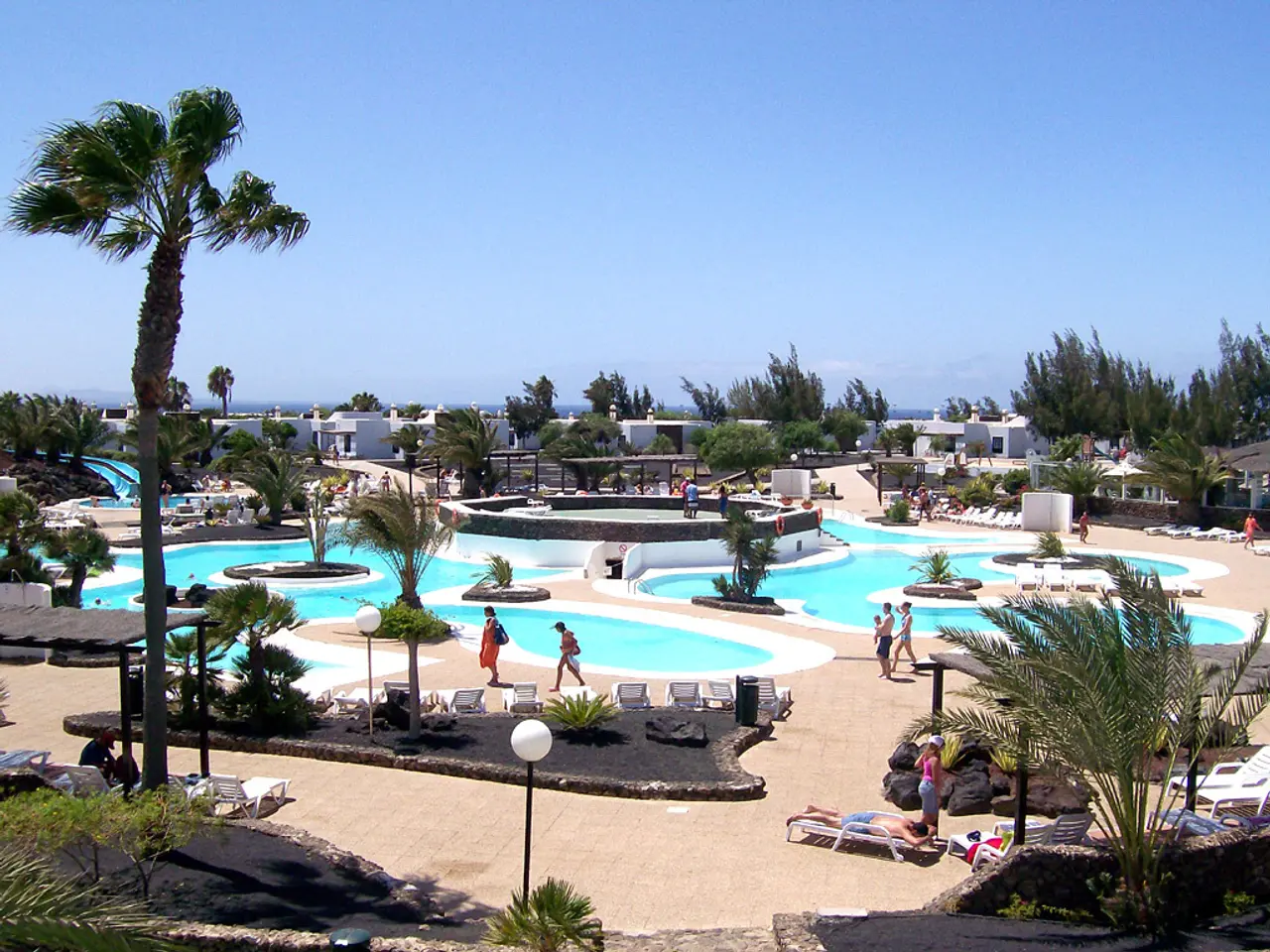Public swimming now permitted at York Region's beach facilities
Safe Swimming Conditions Report for July 30 and 31 in Ontario
Several beaches in the regions of Pefferlaw, Keswick, Jackson's Point, and Whitchurch-Stouffville have been tested for safe swimming conditions on July 30 and 31. Here's a roundup of the results:
- Corner Park Beach, Peninsula Resort Beach, and Riverview Park Beach in Pefferlaw all tested safe for swimming on July 30.
- Joy Marritt Parkette Beach, Willow Wharf Park Beach, Sheppard Park and Wharf Beach, Claredon Beach Park Beach, and Holmes Point Park Beach in Keswick were also deemed safe for swimming on the same day.
- In Keswick on July 31, Willow Beach Conservation Area Beach and Bonnie Park Beach were found to be safe for swimming.
- In Jackson's Point, Joy Marritt Parkette Beach, De La Salle Park Beach, and Franklin Beach Conservation Area Beach tested safe for swimming on July 30, while Bonnie Park Beach tested safe on July 31.
- Cedar Beach in Whitchurch-Stouffville was safe for swimming on July 30.
However, it's important to note that swimming is not recommended when it's raining, the water is wavy or cloudy, there are lots of birds, or for two days after a big storm. This is because runoff can increase bacterial levels, potentially leading to unsafe conditions.
When it comes to water quality, Ontario's provincial guideline for safe swimming is a maximum of 200 E. coli counts per 100 millilitres of water. Toronto Public Health applies a more stringent local standard with a threshold of 100 E. coli counts per 100 mL in recreational waters to issue beach advisories or closures.
It's crucial to avoid contact with blue-green algae, which can be highly toxic to humans, dogs, and other animals. If you suspect you or your pet have been exposed to blue-green algae, seek medical attention immediately.
High levels of E. coli bacteria in beach water may indicate the presence of other harmful organisms, such as those causing skin rashes, eye, ear, nose, and throat infections. If you come into contact with blue-green algae, rinse off with clean water as soon as possible.
Remember, the latest available data may not reflect current conditions at the beach, as collecting, transporting, and testing beach water for E. coli can take a day or more.
For more information about water quality and safety at your local beach, consult your local public health authority or visit their official website.
[1] Ontario Ministry of Health and Long-Term Care [2] Toronto Public Health [3] Canadian Recreational Water Quality Guidelines
- maintaineing clean water in home-and-garden swimming pools is equally important for public health, as it is at beaches, following the same guidelines for E. coli counts.
- living an active outdoor-lifestyle involves not only enjoying the benefits of nature, but also being aware of the environmental risks such as the presence of blue-green algae, which can be found not only in lakes and rivers, but also in ponds and slow-moving water in home-and-garden features.
- to ensure a healthy lifestyle, it's crucial to be aware of the weather conditions before planning an outdoor activity, as rain can increase the risks of encountering harmful organisms in the water, especially during a period of two days after a big storm.
- while enjoying the beautiful weather and surroundings in Toronto, city residents should pay attention to the water quality advisories issued by Toronto Public Health, as their local standard for safe swimming is stricter than the provincial guideline.







